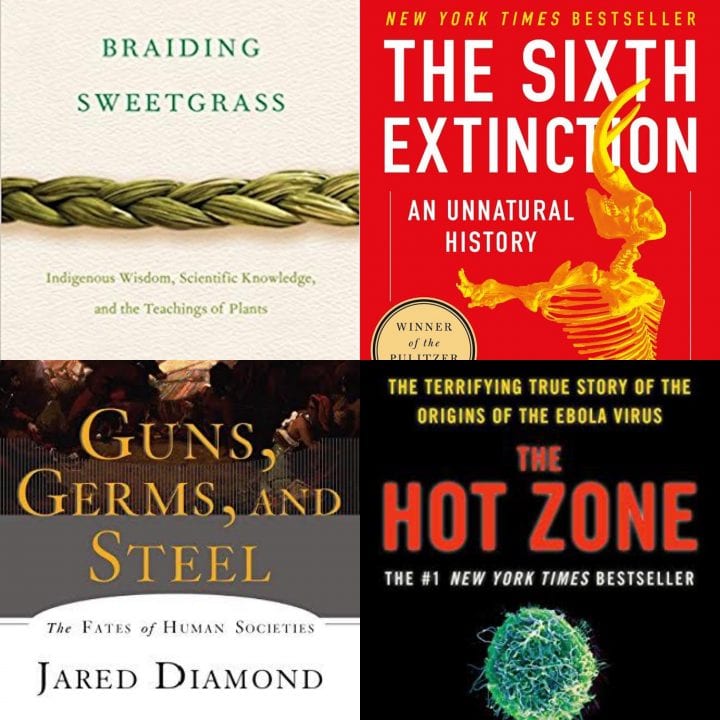
6 Science Reads for Long August Days
August 9, 2019
By Ines Tucakovic
August marks the pinnacle of summer for those of us living in the beautiful Pacific Northwest, as the weather finally stabilizes a bit and we can enjoy the splendor of elongated days filled with sunshine and late sunsets. Book lovers everywhere can rejoice – this means extra hours in the sun to tackle the mountains of books that crowd all corners of our living space.
If you are participating in our Book Bingo this summer and find yourself mystified around what to read in the “Science” category, below are 6 suggestions that span the diversity of science, ranging from neuroscience and global warming, to viruses, evolution and beyond.
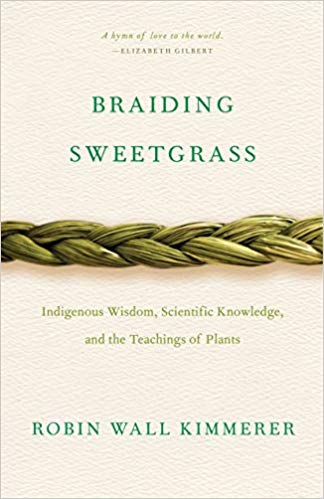
1) Braiding Sweetgrass by Robin Wall Kimmerer
As a mother, a biologist, botany fanatic and a descendant of the Potawatomi nation, Robin’s book is equal parts a memoir as well as a collection of short stories that highlight the importance of moving through our natural world with the lessons and gifts of Mother Nature. Using the stories and legends of her Potawatomi background, she delights her readers with wisdom of the abundance that is all around us, and reminds us that a culture of gratitude is easy to adopt, should we choose to listen to that abundance.
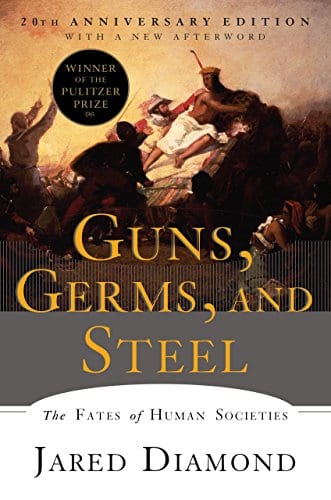
2) Guns, Germs, and Steel by Jared Diamond
In this behemoth (and best-selling) book, anthropologist Jared Diamond takes the reader on a journey through various worldly locations, to help them understand why certain societies are more successful than others. The successes, he explains, are largely attributed to society’s geographical location, the domestication of animals, immunity to germs present in their environment, and their ability to produce food and utilize steel materials. Diamond firmly emphasizes that intelligence did not lead to success, but rather that certain groups were more set up for success based on their environmental advantages.
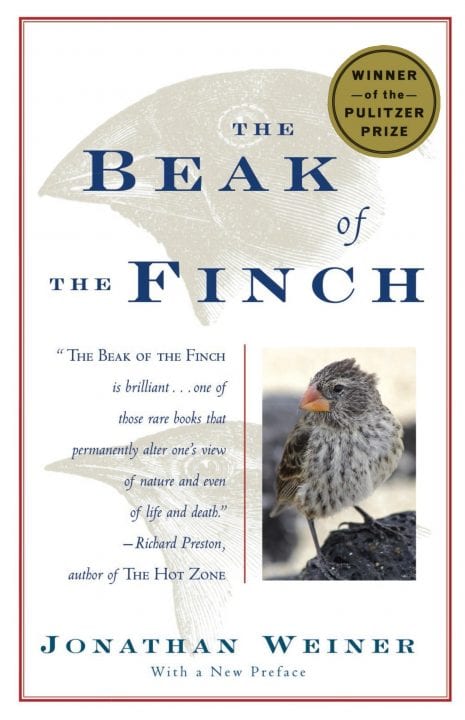
3) The Beak of the Finch by Jonathan Weiner
Journey to the beautiful island of Galapagos through the eyes of two scientists, Peter and Rosemary Grant, as they spend two decades exploring Darwin’s theory of evolution through their own studies. The author follows the careers of Peter and Rosemary as they amass a collection of data and findings on the various finch birds that inhabit Galapagos, and keenly demonstrate Darwin’s own research and theories on evolution and natural selection, and the rapid rate at which it occurs.
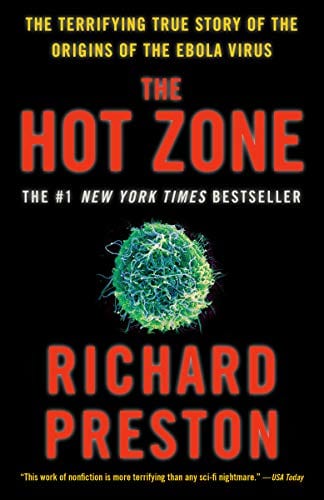
4) The Hot Zone by Richard Preston
What happens when a deadly and highly contagious virus is discovered less than 20 miles from Washington, D.C., a city that houses our nation’s government and a population of nearly a million people? based on his New Yorker article, “Crisis in the Hot Zone,” Richard Preston tells a gripping story on the origins of the four major filoviruses, a class of highly infectious agents with a high mortality rate and no cure or treatment options. What makes the tale even more terrifying is the author’s ability to take the reader through the eyes of the government as they begin to understand the magnitude of the problem at hand, and the implications if they do not act rapidly.
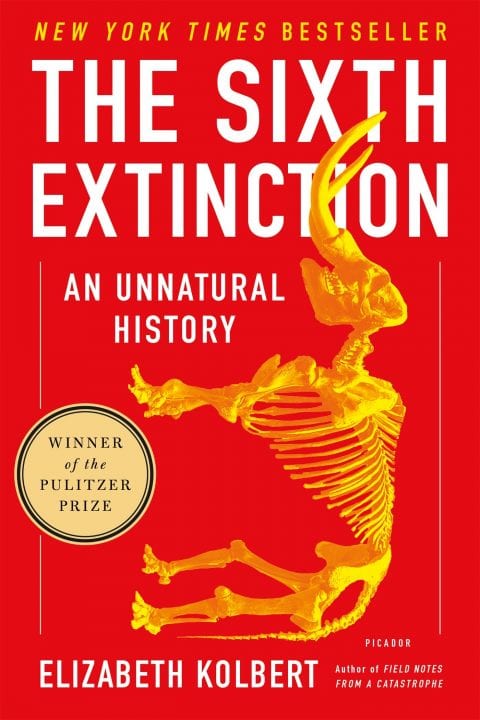
5) The Sixth Extinction by Elizabeth Kolbert
If you are looking for a detailed and well-written account on the effects that humans have left on our environment, look no further than The Sixth Extinction. In her book, Elizabeth examines the relationship that we as humans have with our environment, and how our reckless actions as a collective population in the billions have put us on the path to extinction. Touching on previous mass extinction events, the author theorizes around the “sixth extinction” as she calls it, and how we have already witnessed the elimination of hundreds of species at the hands of man, with hundreds more expecting the same fate.
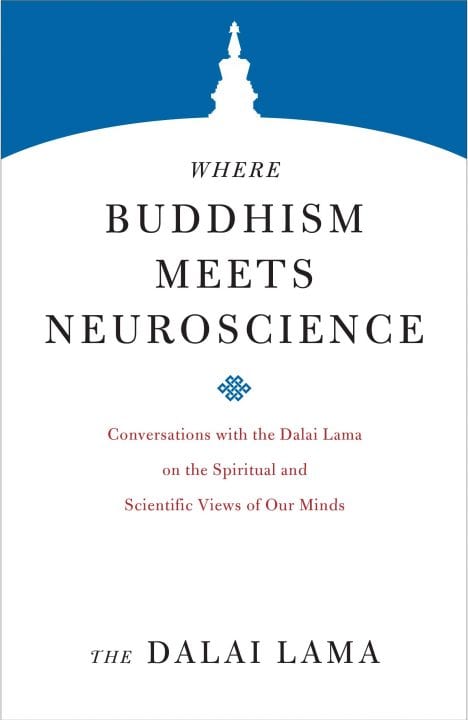
6) Where Buddhism Meets Neuroscience by the 14th Dalai Lama
Where does consciousness come from and how does it happen? How would the answers to this question be different if you were to ask his holiness, the Dalai Lama, as a well as a neuroscientist? Better yet, how similar would the answers be? Framed as a discussion between the 14th Dalai Lama and a group of neuroscientists and psychiatrists, this book touches on various topics and addresses key questions that have seen their fair share of differences and conflict in the worlds of religion and Western science.
Ines Tucakovic is a Marketing and Communications intern with SAL who loves reading, climbing, exploring mountains and being a mother. As a former clinical senior research associate, she has spent her fair share surrounded by infectious viral and bacterial agents while working on vaccines for tuberculosis, leishmaniasis and influenza. Ines holds a B.S. in Biology and Psychology from the College of Idaho and has been published in the Clinical and Vaccine Immunology scientific journal.